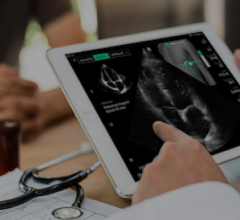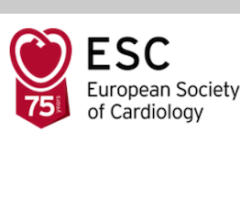
April 14, 2023 — Genetesis, Inc., the leader in biomagnetic cardiac imaging solutions, today announced that the U.S. Food and Drug Administration (FDA) has granted the company Breakthrough Device designation for its flagship imaging solution, CardioFlux MCG, to identify myocardial ischemia in patients who may be suffering from coronary microvascular disease (CMD). Historically, CMD has been hard to identify in clinical practice due to a lack of effective functional diagnostics with adequate sensitivity and an outdated perception that CMD is largely benign and non-fatal.
Annually, as many as 4 million patients in the United States alone are believed to present with diagnostic evidence of ischemia without evidence of obstructed coronary arteries, a condition broadly known as INOCA. Patients living with CMD represent one of the most common subgroups of this population, and these patients have been shown to suffer from substantially higher rates of hospitalization and subsequent cardiovascular disease progression.
The FDA’s decision rested, in part, on the submission of preliminary findings from the MICRO trial, which attempted to demonstrate the use of non-invasive magnetocardiography(MCG) to diagnose myocardial ischemia in patients suspected to be suffering from CMD. This effort was supported in large part by The Christ Hospital, whose participation in MICRO helped to identify a majority of the patients that participated in the study. “Many of the patients I see who I find to have CMD come to me with a history of past stress tests that either failed to show abnormalities or were largely inconclusive,” said Dr. Odayme Quesada, M.D., Medical Director of the Women’s Heart Center at The Christ Hospital Health Network and Principal Investigator on MICRO. “If MCG works as intended and can lead to far earlier management of CMD, it’s exactly these patients who stand to benefit the most.” Early data from MICRO has been submitted as an abstract to the European Society of Cardiology national meeting.
“It’s our mission at The Christ Hospital Health Network to do everything it takes to identify and support underserved populations,” said Dr. Timothy Henry, M.D., Interventional Cardiologist and Medical Director of The Christ Hospital Lindner Center for Research and Education. “Through various activities and investments, like our Women’s Heart Center, we’re making very real progress on that goal. Our partnership with Genetesis on MICRO and their innovations in cardiac imaging aligns perfectly with that mission.”
To qualify for Breakthrough Device designation, a device must address an unmet clinical need in the “effective treatment or diagnosis of life-threatening or irreversibly debilitating human disease or conditions.” The goal of the program is to provide patients and providers with timely access to breakthrough treatments by accelerating their development, assessment and review, while maintaining regulatory standards for pre-market approval.
“This milestone is a great step forward for patients who suffer from the impacts of CMD, many of whom do so unknowingly, and illustrates the FDA’s awareness that effective CMD diagnostics are largely inaccessible to most patients,” said Dr. Robert Takla, M.D., Chief Medical Officer at Genetesis. “But more broadly, I think the FDA’s willingness to grant us two back-to-back Breakthrough designations for myocardial ischemia in two different patient populations – this time for patients who may be suffering from CMD – illustrates the need for a new paradigm in cardiac imaging that focuses on identifying ischemia and interrogating cardiac function, as opposed to solely anatomy, within all care settings.”
For more information: www.genetesis.com


 January 13, 2026
January 13, 2026 









